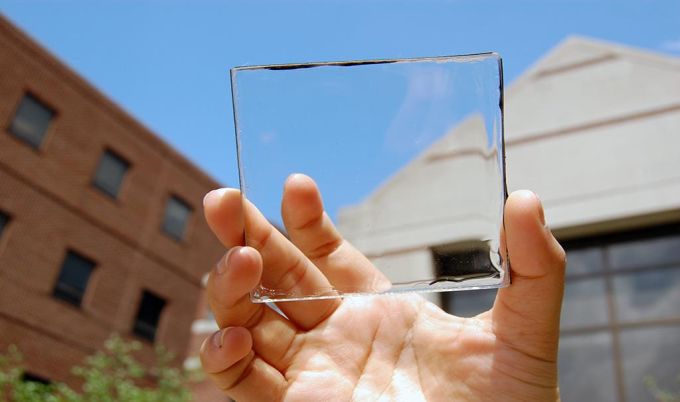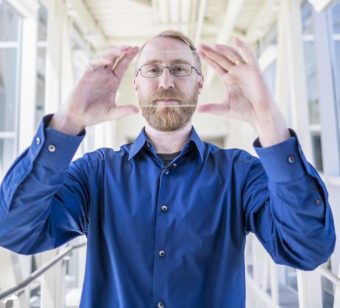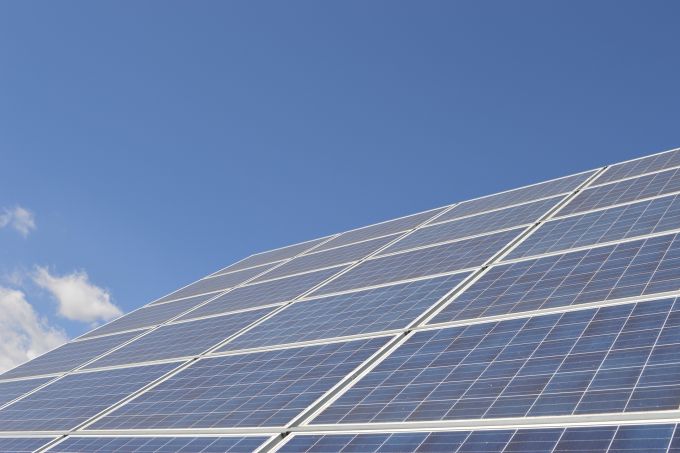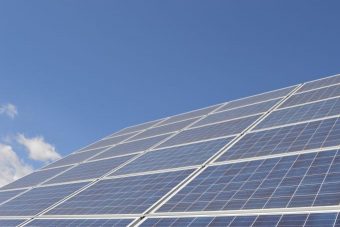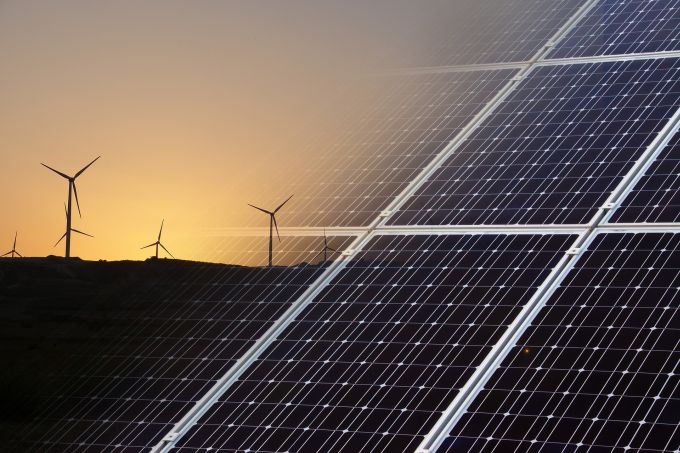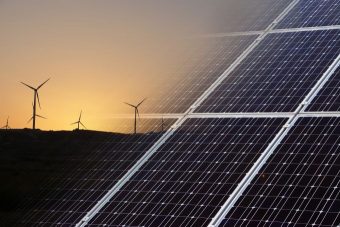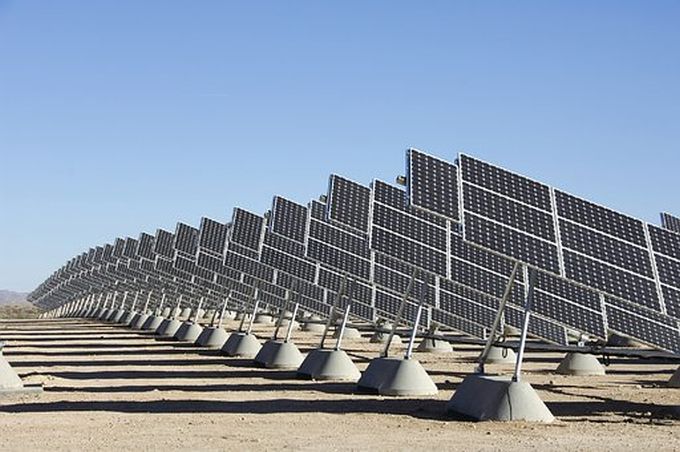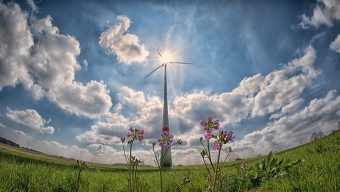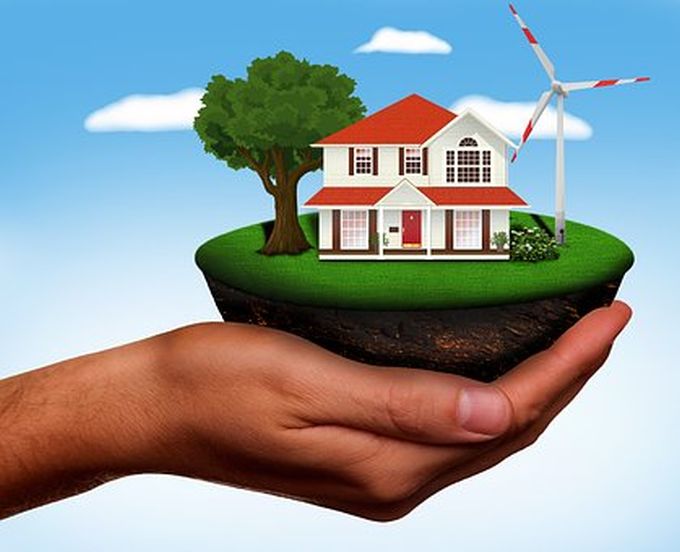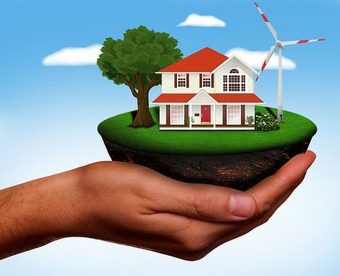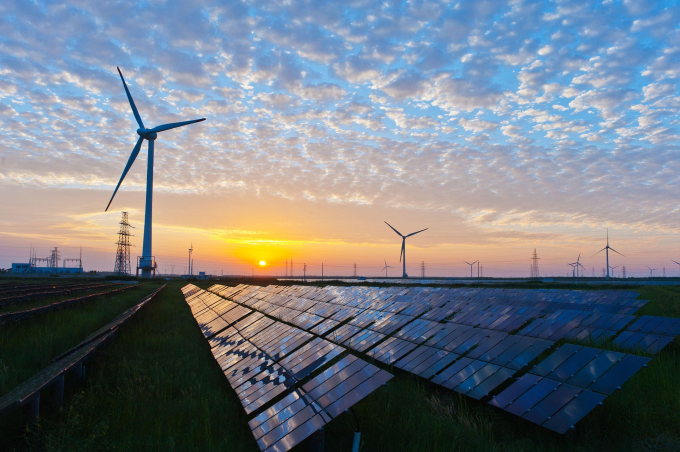
The Paris Agreement has received a further boost ahead of next month’s annual UN climate summit, after Nicaragua confirmed it would sign and ratify the international treaty.
The Latin American nation had been one of just two countries not to sign the accord, alongside war-torn Syria. The Nicaraguan government opted out of the international agreement in protest at its largely voluntary nature, arguing it was not ambitious enough and represented a “path to failure”.
However, in the wake of US President Donald Trump’s announcement this summer that the US would trigger the process to quit the agreement reports suggested the Nicaraguan government was considering a change of heart.
Yesterday, Reuters reported that the Latin American government had issued an official statement confirming it now planned to sign up to the Paris Agreement.
Vice-president Rosario Murillo told local radio the relevant documents had already been submitted to the UN, suggesting the government had reversed its previous decision not to submit a national climate action plan as required by the Paris Agreement.
“It is the only instrument we have in the world that allows the unity of intentions and efforts to face up to climate change and natural disasters,” Murillo said of the treaty.
The move will leave the US further isolated as it prepares to attend the COP 23 Summit in Bonn. The US remains a signatory to the accord until the four year exit process runs its course. Under the process the earliest the US can formally leave the agreement is a day after the 2020 US presidential election, fuelling speculation that a any defeat for President Trump would result in the country’s time outside the agreement being short-lived.
The annual UN conference, which will this year be chaired by Fiji, is expected to be mainly focused on technical discussions about the rule book that will underpin the system of reporting, monitoring and updates when the Paris Agreement comes into full effect in 2020.
However, last week Fiji’s Prime Minister and chair of the summit Frank Bainimarama called for “absolute dedication” from delegates in pursuit of the Paris Agreement’s more ambitious goal of keeping temperature increases below 1.5C.
Source: businessgreen.com





